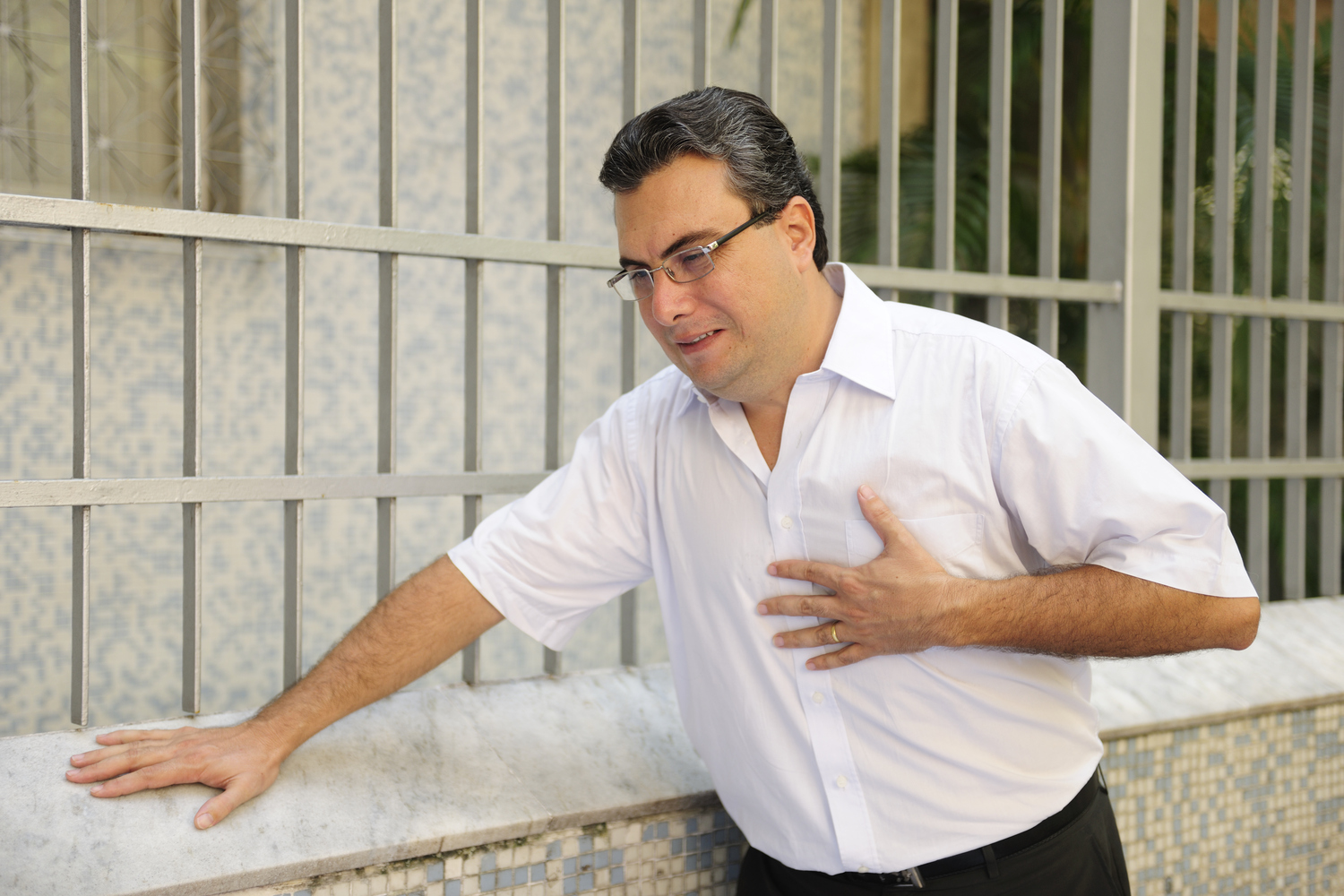Here’s How to Identify the Early Signs of a Stroke
Strokes are the fifth-highest cause of death, and one of the leading causes of disability in the country. According to the Centers for Disease Control and Prevention (CDC), over 795,000 individuals have a stroke each year. Many factors such as high blood pressure, cholesterol, and diabetes can put one at risk of a stroke. The alarming fact is that one in three adults is afflicted by at least none of these conditions.

Given the seriousness and severity of stroke occurrences, it is critically important to identify the early signs of stroke, so that one is well-prepared to provide necessary assistance in case someone suffers a stroke.
What is a stroke?
A stroke is a medical condition that occurs when blood flow to the brain is blocked, preventing it from receiving necessary oxygen and nutrients. Due to this, brain cells begin to die, and certain brain functions are lost. A stroke is considered a medical emergency and can cause permanent brain damage, long-term disabilities, and even death in some cases.
Stokes can be classified into three primary categories:
Ischemic stroke
An ischemic stroke, sometimes also referred to as an “ischemic attack,” is the most common type of stroke. It occurs when the passage of blood to the brain is blocked by blood vessels or any other particles, such as fatty deposits.
Hemorrhagic stroke
A hemorrhagic stroke is caused if any arteries in the brain rupture and start leaking blood. This leaked blood exerts unnecessary pressure on the brain cells, causing damage to them.
Transient ischemic attack
A transient ischemic attack (TIA) is also aptly referred to as a “mini-stroke.” Like ischemic strokes, TIAs are also caused by blood clots in most cases. However, unlike ischemic strokes, TIAs are not as severe and can be treated as one of the warning signs of a stroke in the future. In other words, a mini-stoke can often be a precursor to a major stroke.
Common symptoms of stroke
Following is a list of the most common stroke symptoms in men and women:
Difficulty speaking
A stroke can cause mild-to-severe speech impediments and impairments, such as slurred speech and incoherent babbling.
Inability to understand others
Another major symptom of a stroke is that the affected individual experiences confusion, disorientation, and unresponsiveness, rendering them incapable of understanding what others are saying.
Numbness or paralysis
Those prone to strokes can often experience partial numbness or complete paralysis in the face and limbs, especially on one particular side of the body.
Vision problems
Stroke victims can also experience varied vision problems, such as blurred vision in one or both eyes, double vision, and even partial blindness.
Headaches and nausea
Headaches, nausea, seizures, and vomiting can all be considered early signs of stroke. Some individuals experience severe and sudden bouts of throbbing headaches without any apparent triggers.
Difficulty in walking
A stroke can also cause severe disorientation and dizziness. Oftentimes, stroke victims can lose their sense of balance, coordination, and motor skills. In extreme cases, individuals can also temporarily lose the ability to walk even a few steps.
Acting FAST to identify the early signs of stroke
It is important to recognize the early warning signs of a stroke because the best treatments only work when the stroke is identified and diagnosed within three hours of the first symptom. Owing to the prevalence and abundance of stroke cases in the country and the severity of the condition, medical professionals have developed a helpful acronym to identify if an individual is having a stroke.
If one suspects that someone is having a stroke, conduct the following FAST test:
F –
This stands for face. Ask the individual to smile, and if their face droops to one side, it could be a symptom.
A –
This stands for arms. Ask the individual to raise their arms, and see if they can raise both
arms perfectly. If they can, see if one arm leans downwards or not.
S –
This stands for speech. Ask the individual to repeat a simple phrase or sentence, and see if their speech is slurred, strange, or incoherent.
T –
This stands for time. If one happens to notice any of the aforementioned stroke symptoms, call 911 immediately, and note the time when the symptoms first began. This can help with the diagnosis and treatment plan.
When someone is having a stroke, every second counts. Even a minute delayed in getting the affected individual to a hospital can result in severe negative ramifications. As such, one should call for an ambulance at once, and never try to drive the patient to the hospital themself. In an ambulance, trained medical professionals can start administering life-saving treatments at once. Ultimately, everyone should learn to recognize the early signs of stroke because that could potentially prove to be the telling difference between a stroke victim’s life and death.




